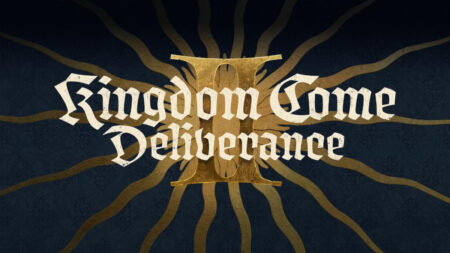Developer: Caracal Games Studio
Publisher: Dear Villagers
Platform Reviewed: Nintendo Switch
Genre: Action Adventure
Star Overdrive promises the ultimate sci-fi skateboarding adventure, which sounds cool as heck. It’s a hoverboard journey through a dried-out alien world that brings chill skate aesthetics with cool exploration. As cool as it can be sometimes, it is full of frustrating moments, especially when it comes to combat.
Players take on a mostly silent protagonist drawn to the planet Cebete by a distress signal from his partner. As you explore this abandoned world, you uncover her logs, face strange wildlife, and piece everything together. The narrative is largely environmental and delivered through scattered tapes and logs, with few cutscenes and little character development. While the protagonist’s partner becomes a full character by the end, the player character remains mostly a blank slate. This is a shame, because we have seen multiple games give players a blank slate character with at least a touch of personality. In Breath of the Wild and Tears of the Kingdom, Link is a blank slate but also feels like a mischievous gremlin due to silly dialogue options at times. The narrative would be much easier to connect with if it at a protagonist that was at all interesting, or even easy to self-insert into.

You aren’t playing the hoverboard skateboarding game for the story, though. Navigating the planet in Star Overdrive is a blast. You can launch off ramps, chain tricks for speed boosts, and upgrade your board with new parts and designs. The customization is deep, and players can find components that affect stats like boost, control, and terrain compatibility. Pulling off a sick trick combo while soaring over alien dunes just feels cool.
Unfortunately, the rest of the gameplay can’t keep up with the board’s speed. Combat is clunky and shallow, which is disappointing because fighting with a keytar should rule. Enemies feel like filler, and boss fights often consist of just whacking at weak points. There’s a decent variety of powers you unlock, but these contribute more to puzzles than to the gameplay.
The open world follows the usual cookie-cutter format. There are towers to climb, puzzle dungeons to solve, and a whole lot of collectibles and side activities. The puzzle dungeons are often inventive and fun, but the world between them can feel barren. The map lacks density despite being big, so players will often just speed through stretches of nothing to get to the next real point of interest while doing sick tricks along the way.

Visually, Star Overdrive sports a cool, cel-shaded style with some great-looking landscapes. The hoverboard animations and trick effects are fluid, and customizing your board adds flair. The performance suffers with frequent frame rate dips, pop-ins, and even some crashes. I also found quite a few textures clipping through others. It could be worse, but the game could have used a bit more polish.
The soundtrack mixes synth tunes with punk rock, maximizing the vibes throughout the game. Audio logs, battle tracks, and collectible cassettes all contribute to the game’s personality and storytelling. It shouldn’t be surprising that the two best features in a game like this are the riding and the music.
Star Overdrive has a killer concept and a genuinely great central mechanic, but the rest of the game can’t match that energy. The hoverboard is fun, the soundtrack is rules, and the occasional puzzle shines. Unfortunately, poor combat, rough performance, and barren design hold the game back. Still, I’m very much looking for a possible sequel with more polish, because Caracal Games Studio has something special here.
Star Overdrive
Star Overdrive has great ideas and tons of style, but weak combat and technical issues drag it down.
The Good
- The hoverboard feels great
- The soundtrack is excellent
The Bad
- Combat is clunky and lacks depth
- Performance issues
- The world is empty
-
Gameplay
-
Presentation
-
Enjoyment




